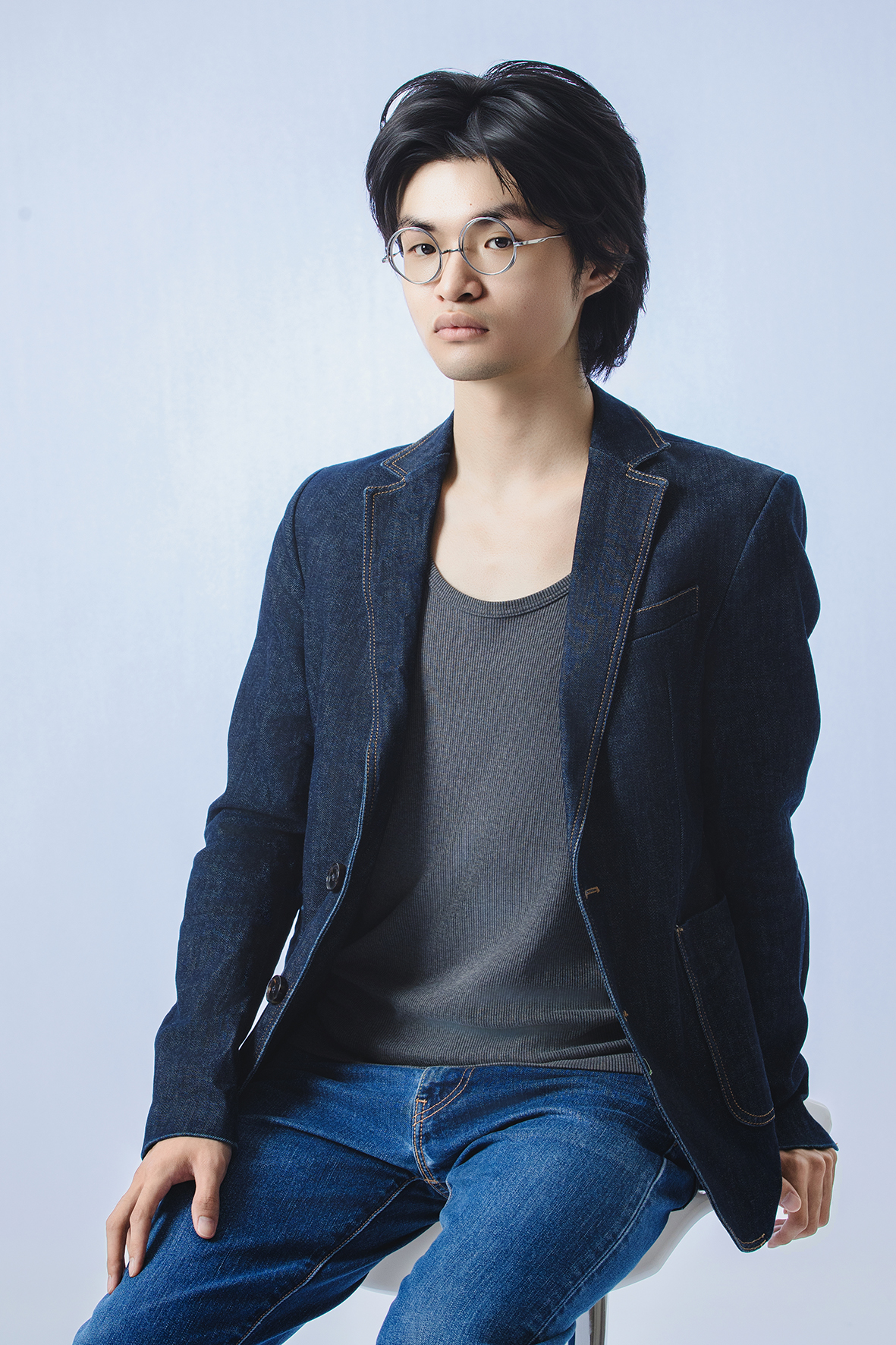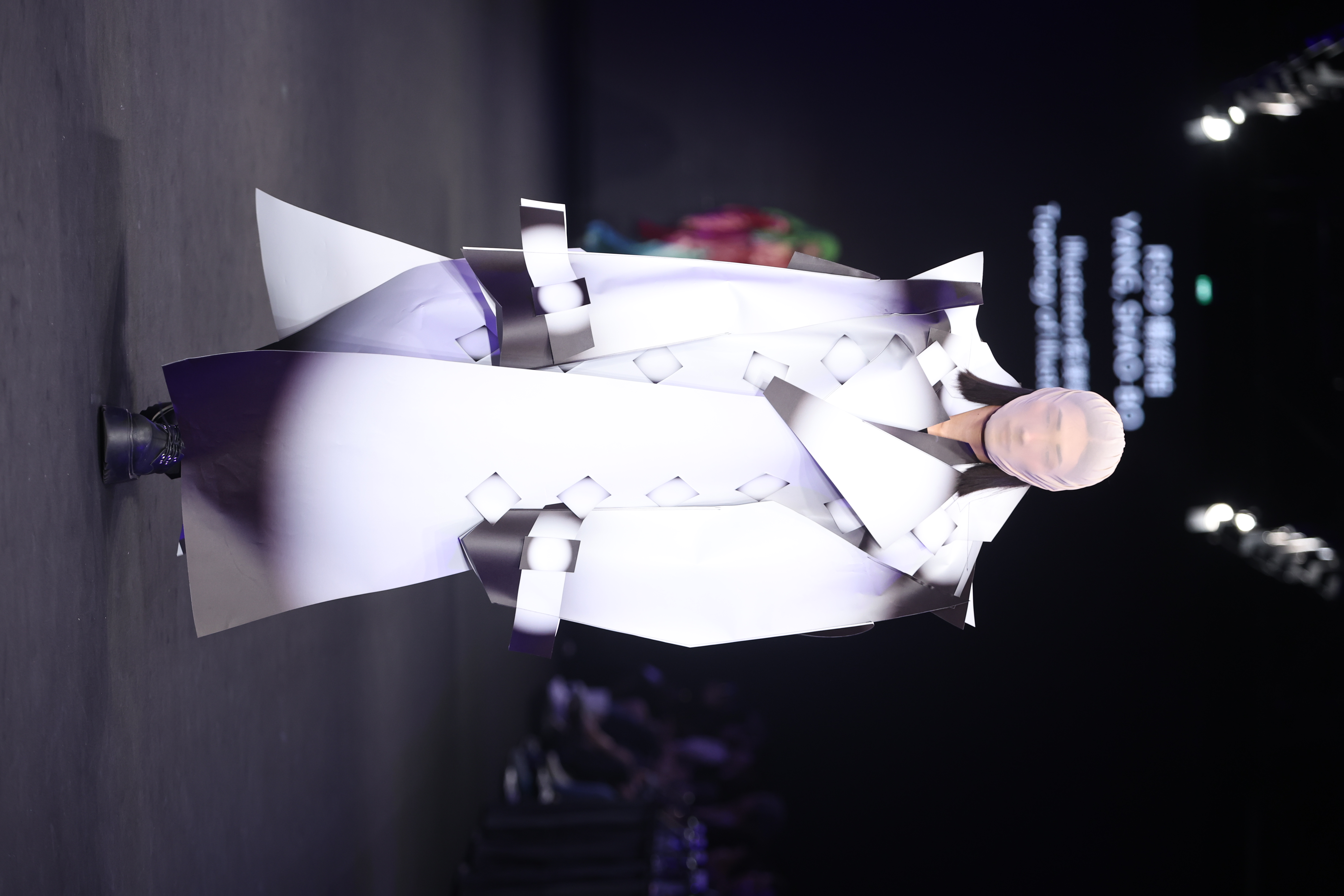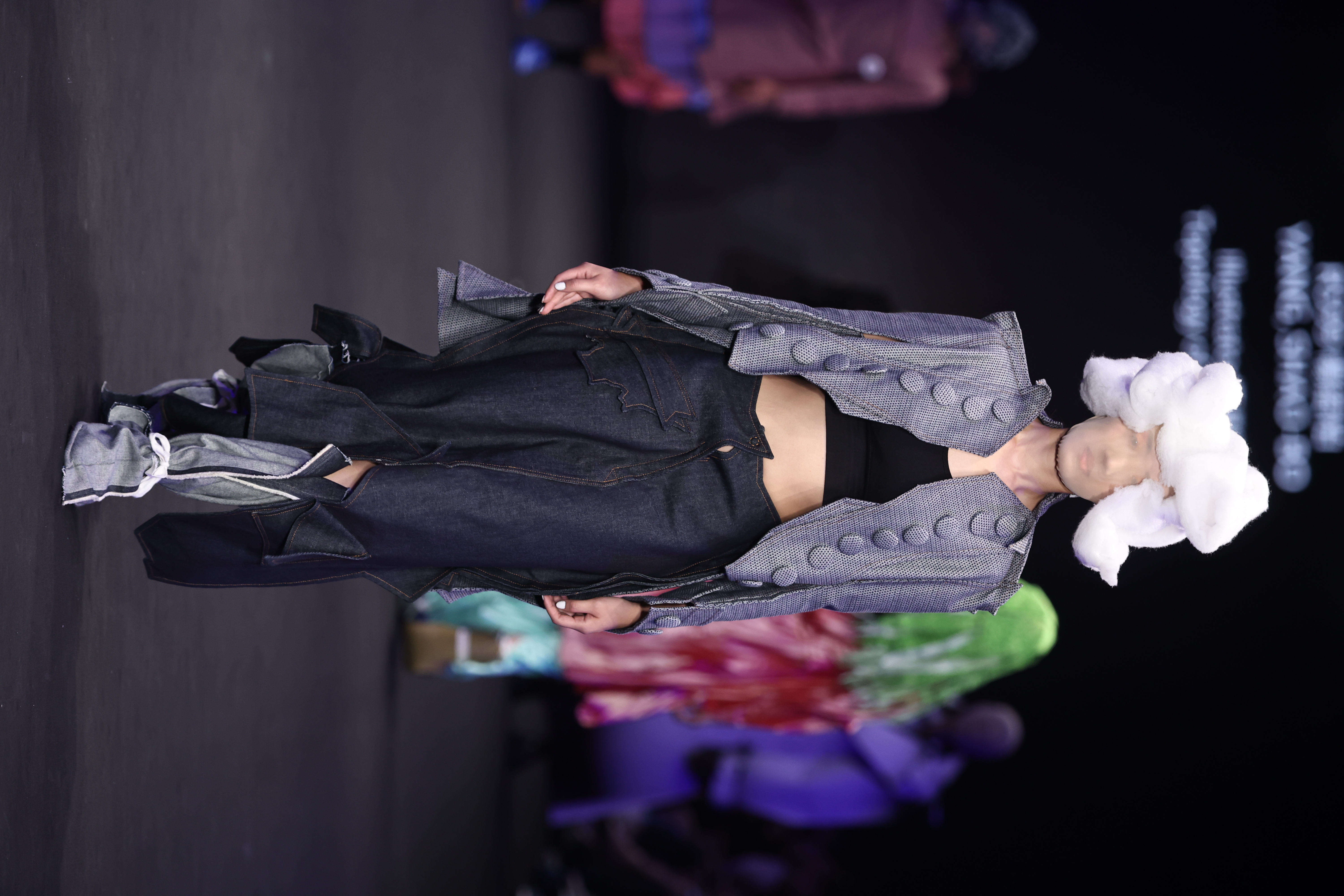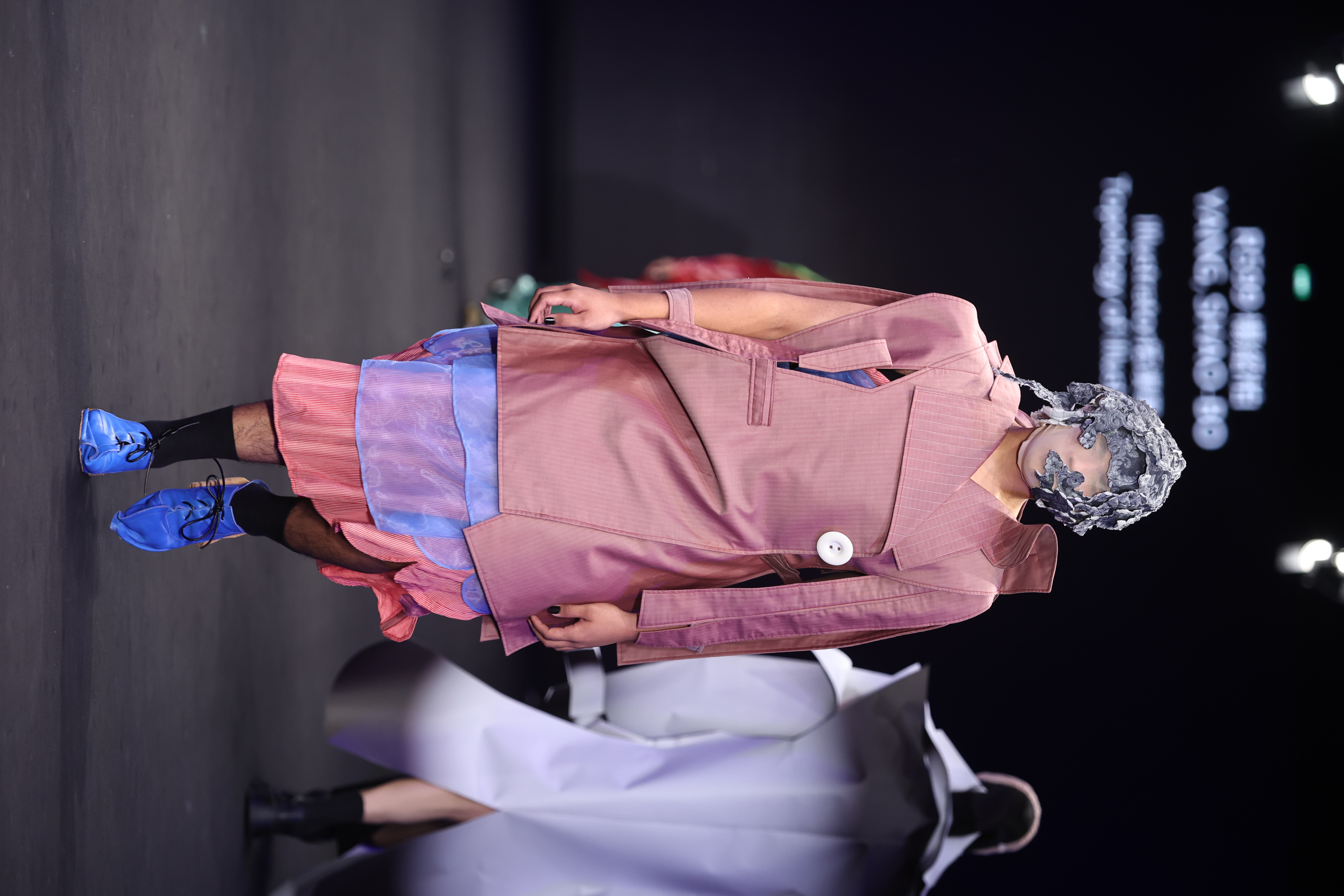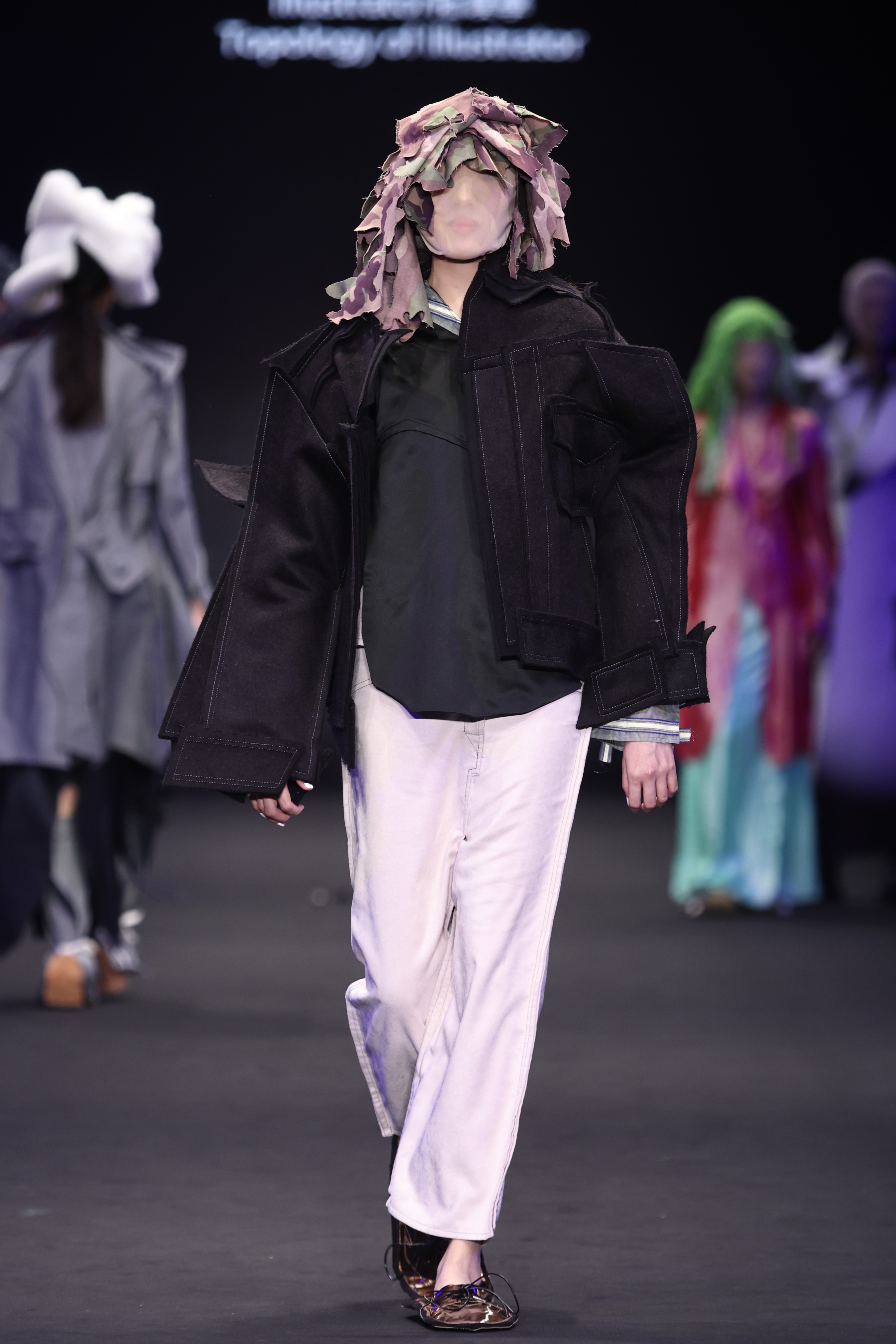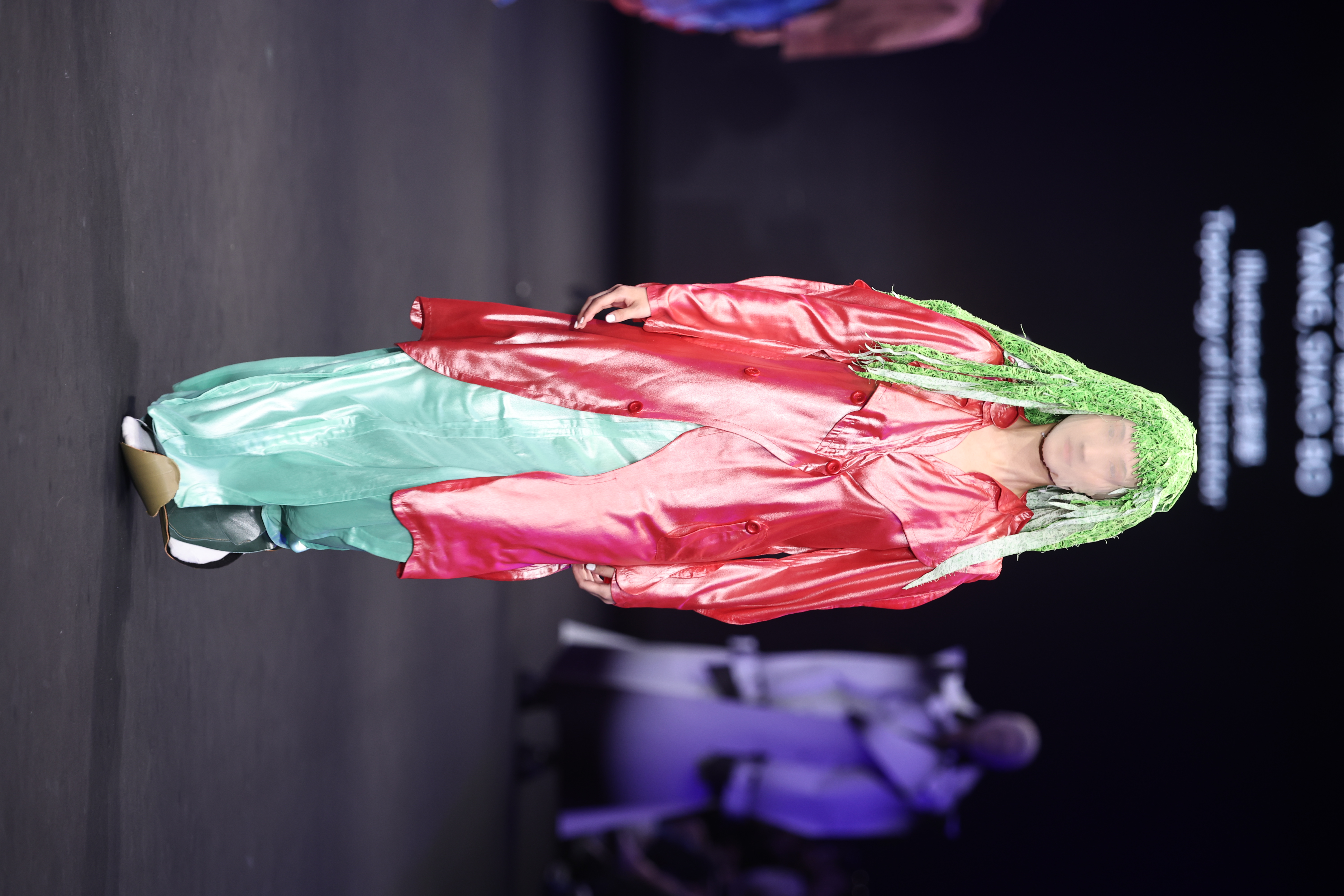SUSTAINABILITY and FUNCTION
“Topology of Illustrator” is not merely about the formal design of garments, but a structural exploration of the entire design process. By visualizing and modularizing the workflow, it seeks to establish a replicable and communicable design language—one that embodies functionality by shifting away from mystified creative intuition and emphasizing system logic and usability.
On the level of function, the project adopts Illustrator as a symbolic interface, transforming garment elements such as sleeve length, bodice panels, and proportions into manipulable and calculable variables. This approach reconceives the relationship between body and clothing as a computational mechanism, enabling high adaptability and responsiveness to diverse body types and cultural contexts in contemporary fashion.
Regarding sustainability, this work does not focus on material production but instead prioritizes the generation and reuse of knowledge, process, and systems. By making the design language transparent and democratized, it opens up possibilities for reinterpretation and re-creation by others—thereby extending the lifecycle of design value. This strategy of replacing material accumulation with cognitive production inherently aligns with the core ethos of sustainable design: subtraction, ecological sensitivity, and shared authorship.
